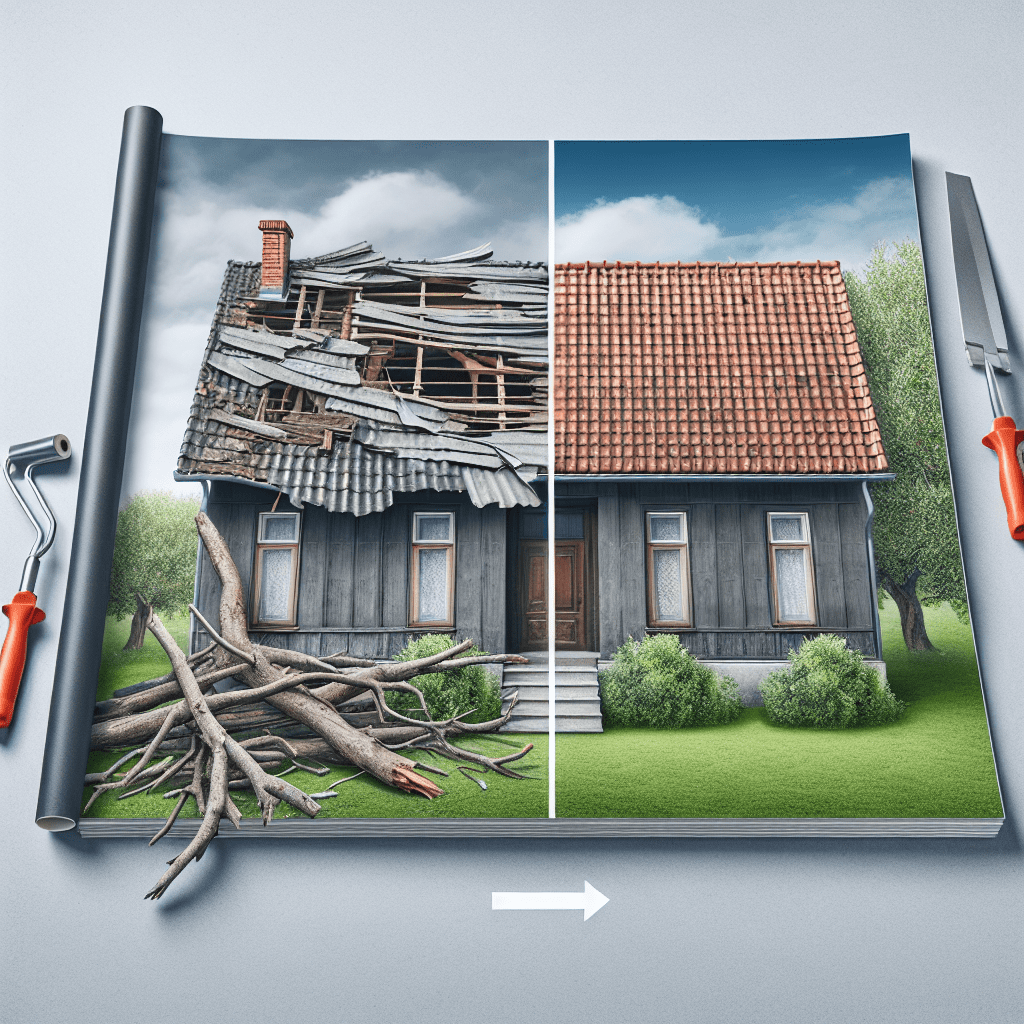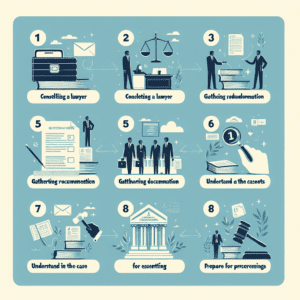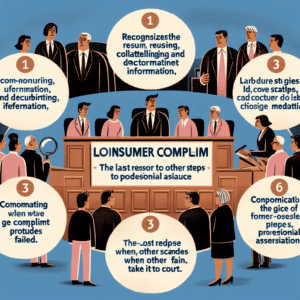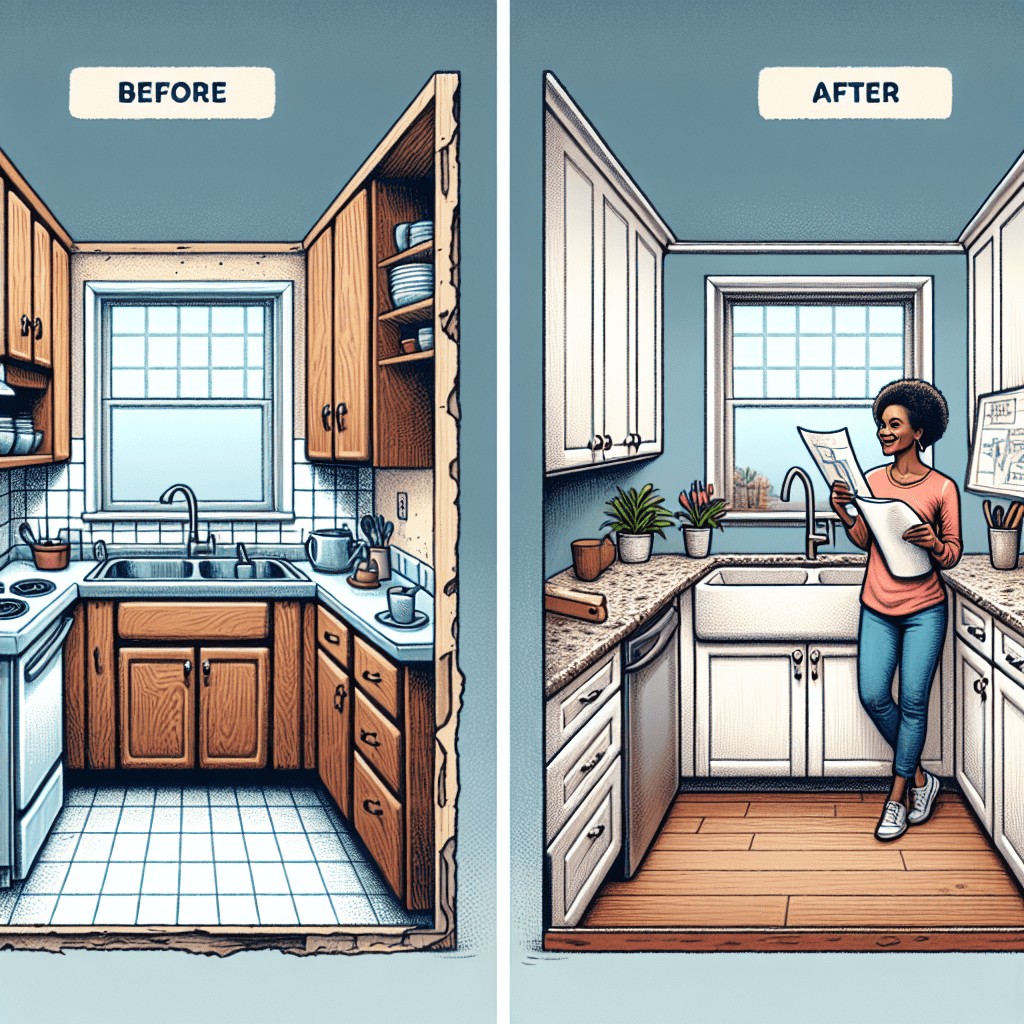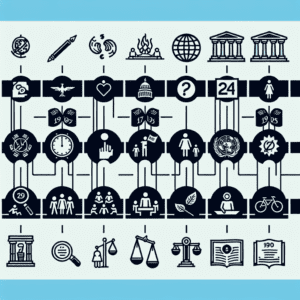“Storm Damage? Aging Roof? Upgrade to a Stunning New Roof for Less Than You Think!”
Storm Damage: How to Spot Hidden Issues Before They Worsen
Storms can cause significant damage to a roof, often in ways that are not immediately visible. While missing shingles and obvious leaks are clear indicators of trouble, hidden issues can develop over time, leading to costly repairs if left unaddressed. Understanding how to identify these problems early can help homeowners take proactive steps to protect their property and avoid more extensive damage in the future.
One of the most common hidden issues after a storm is compromised shingles. Even if they appear intact from the ground, high winds and heavy rain can loosen them, making them more susceptible to future damage. Over time, this can lead to water infiltration, which may not be noticeable until it has already caused structural issues. Checking for subtle signs, such as curling edges or granule loss, can help determine whether shingles have been weakened. Additionally, hail can create small dents or cracks that may not be visible without a close inspection, but these minor imperfections can reduce the roof’s ability to protect against moisture.
Another potential problem is damage to the roof’s underlayment. This protective layer beneath the shingles serves as a barrier against water intrusion, but strong winds and heavy rain can cause it to shift or tear. If this happens, moisture can seep into the attic and insulation, leading to mold growth and wood rot. Homeowners should be aware of any unexplained dampness or musty odors in their attic, as these could indicate a compromised underlayment. In some cases, water stains on ceilings or walls may also be a sign that moisture is making its way into the home.
Gutters and downspouts play a crucial role in directing water away from the roof and foundation, but they can also suffer damage during a storm. Clogged or misaligned gutters can cause water to pool on the roof, increasing the risk of leaks and structural deterioration. After a storm, it is important to check for sagging gutters, loose fasteners, or an excessive amount of shingle granules in the downspouts, as these can indicate that the roof has sustained damage. Ensuring that gutters are clear and functioning properly can help prevent further issues.
Flashing, which is used to seal joints and prevent water from entering vulnerable areas such as chimneys, vents, and skylights, is another component that can be affected by severe weather. If flashing becomes loose or damaged, water can seep into the home, leading to costly repairs. Inspecting these areas for gaps, rust, or missing sections can help identify potential problems before they escalate.
Even if no visible damage is present, it is always advisable to schedule a professional roof inspection after a major storm. Roofing experts have the experience and tools necessary to detect hidden issues that may not be apparent to the untrained eye. By addressing minor problems early, homeowners can prevent more extensive damage and extend the lifespan of their roof.
Taking the time to assess storm damage and address any concerns promptly can save homeowners from costly repairs in the long run. By staying vigilant and seeking professional guidance when needed, it is possible to maintain a strong, durable roof that provides lasting protection for years to come.
Aging Roof? Signs It’s Time for a Replacement
An aging roof can pose significant risks to the structural integrity of your home, making it essential to recognize the signs that indicate it may be time for a replacement. Over time, exposure to harsh weather conditions, fluctuating temperatures, and natural wear and tear can weaken roofing materials, leading to potential leaks, energy inefficiencies, and even safety hazards. While regular maintenance can extend the lifespan of a roof, there comes a point when repairs are no longer sufficient, and a full replacement becomes the most practical solution. Understanding the warning signs of an aging roof can help homeowners take proactive steps to protect their property and avoid costly damage.
One of the most noticeable indicators of an aging roof is the presence of curling, cracked, or missing shingles. Shingles serve as the first line of defense against the elements, and when they begin to deteriorate, the underlying structure becomes vulnerable to moisture infiltration. Curling shingles, whether they are cupping at the edges or clawing in the middle, suggest that the roofing material has reached the end of its lifespan. Similarly, cracked or missing shingles can expose the roof deck to water damage, increasing the risk of leaks and mold growth. If a significant portion of the roof exhibits these issues, it may be more cost-effective to invest in a replacement rather than repeatedly patching problem areas.
Another key sign that a roof may need replacing is the presence of granule loss on asphalt shingles. Over time, shingles lose their protective granules due to weather exposure, leaving the underlying material susceptible to UV damage and premature aging. Homeowners may notice granules accumulating in gutters or downspouts, which is a clear indication that the shingles are wearing down. Without these granules, shingles become brittle and less effective at repelling water, making the roof more prone to leaks and structural damage. If granule loss is widespread, it is a strong indication that the roof is nearing the end of its functional life.
In addition to visible shingle damage, interior warning signs can also signal the need for a roof replacement. Water stains on ceilings or walls, peeling paint, or mold growth in the attic are all signs of potential roof leaks. Even small leaks can lead to significant structural damage over time, compromising insulation and promoting wood rot. If left unaddressed, moisture infiltration can weaken the roof deck and lead to costly repairs. Homeowners who notice these signs should schedule a professional inspection to determine the extent of the damage and whether a replacement is necessary.
Furthermore, the age of the roof itself is a crucial factor in determining whether it is time for a replacement. Most asphalt shingle roofs have a lifespan of 20 to 30 years, while metal, tile, and slate roofs can last significantly longer. If a roof is approaching or has exceeded its expected lifespan, it is wise to consider a replacement before major issues arise. Even if there are no visible signs of damage, an aging roof may no longer provide adequate protection against the elements, leading to higher energy costs and reduced home efficiency.
Ultimately, recognizing the signs of an aging roof and taking timely action can prevent costly repairs and protect the value of a home. By addressing roofing issues proactively, homeowners can ensure their property remains safe, energy-efficient, and visually appealing for years to come.
Get a Stunning New Roof for Less Than You Think: Affordable Roofing Solutions
A well-maintained roof is essential for protecting your home from the elements, ensuring energy efficiency, and maintaining property value. However, over time, exposure to harsh weather conditions, natural wear and tear, and unexpected storm damage can compromise the integrity of your roof. When this happens, homeowners often worry about the cost of replacement, assuming that a new roof is a significant financial burden. Fortunately, affordable roofing solutions are available, allowing you to upgrade your home’s protection and appearance without exceeding your budget.
One of the most effective ways to reduce the cost of a new roof is to explore different material options. While traditional asphalt shingles remain a popular and cost-effective choice, advancements in roofing technology have introduced durable and budget-friendly alternatives. Metal roofing, for example, offers exceptional longevity and energy efficiency, often lasting two to three times longer than asphalt shingles. Additionally, composite shingles and synthetic roofing materials provide the appearance of high-end materials like slate or wood at a fraction of the cost. By considering these options, homeowners can find a roofing solution that balances affordability with durability and aesthetic appeal.
Another key factor in keeping roofing costs manageable is working with a reputable contractor who offers competitive pricing and financing options. Many professional roofing companies understand that a full roof replacement is a significant investment and provide flexible payment plans to ease the financial burden. Some contractors also offer seasonal discounts or promotions, making it possible to secure high-quality materials and expert installation at a lower cost. By obtaining multiple quotes and researching customer reviews, homeowners can ensure they are receiving the best value for their investment.
In addition to exploring cost-effective materials and financing options, homeowners should also consider the potential savings associated with energy-efficient roofing. A well-installed roof with proper insulation and ventilation can significantly reduce heating and cooling costs by maintaining a stable indoor temperature. Reflective roofing materials, such as cool roofs or light-colored shingles, help deflect sunlight and reduce heat absorption, leading to lower energy bills. Over time, these savings can offset the initial cost of a new roof, making it a financially sound decision in the long run.
Insurance coverage is another important aspect to consider when replacing a damaged or aging roof. If your roof has sustained damage due to severe weather conditions, such as hail or strong winds, your homeowner’s insurance policy may cover part or all of the replacement cost. Filing a claim and working with a trusted roofing contractor who has experience handling insurance claims can help streamline the process and minimize out-of-pocket expenses. Understanding your policy’s coverage and acting promptly after storm damage can make a significant difference in the overall cost of a new roof.
Ultimately, investing in a new roof does not have to be an overwhelming financial challenge. By exploring affordable materials, working with reputable contractors, taking advantage of financing options, and considering long-term energy savings, homeowners can achieve a stunning and durable roof without exceeding their budget. Whether your roof has suffered storm damage or is simply showing signs of aging, now is the perfect time to explore cost-effective solutions that enhance both the protection and beauty of your home.

